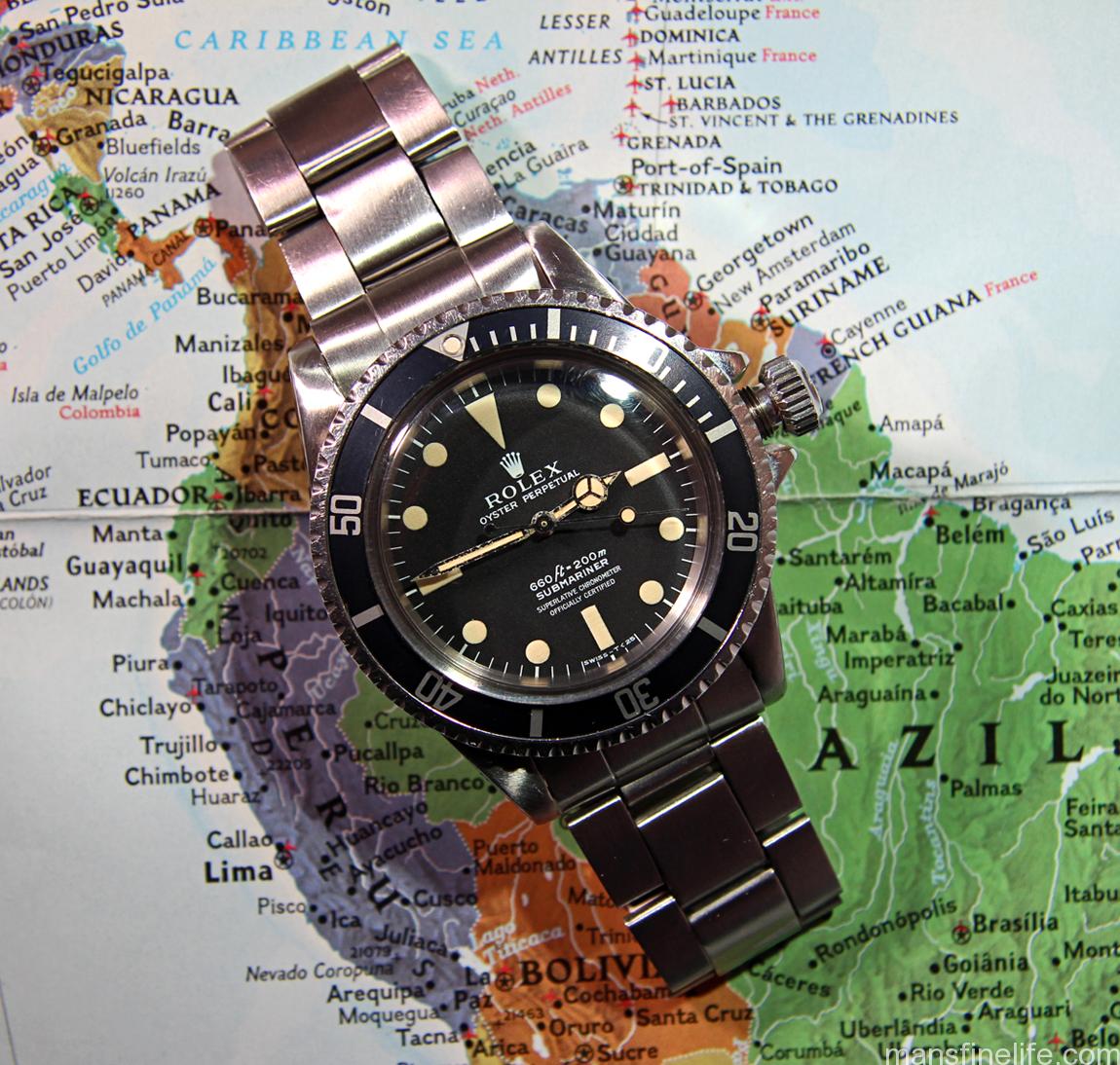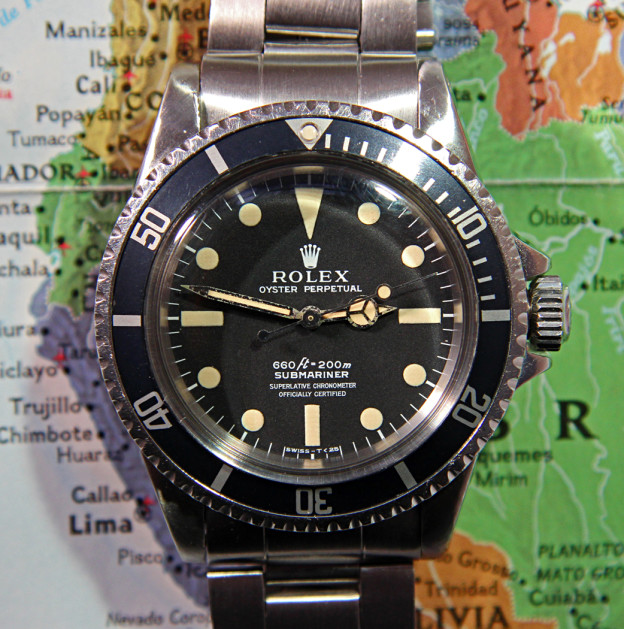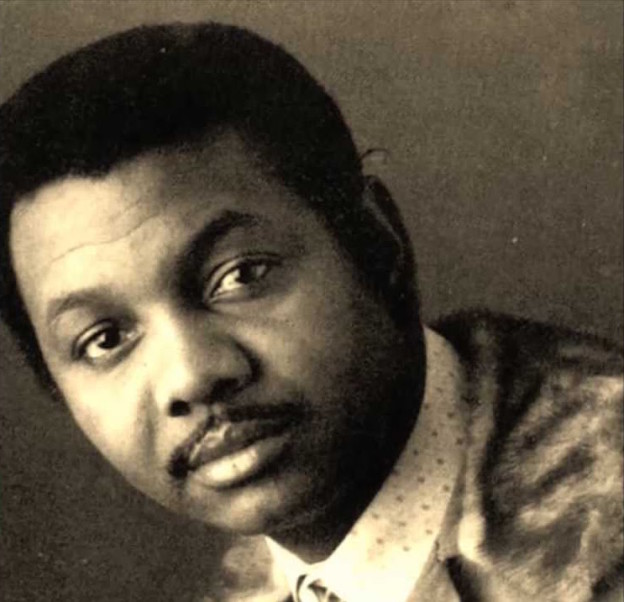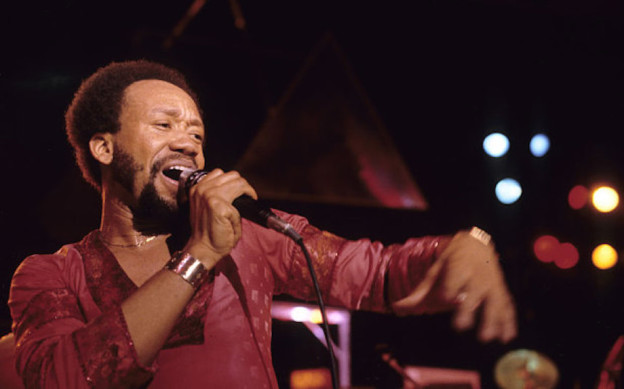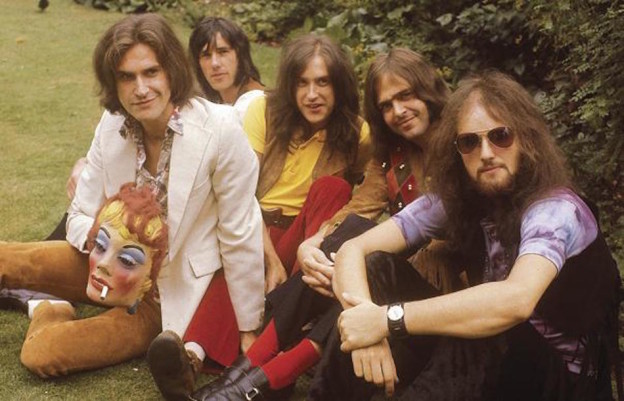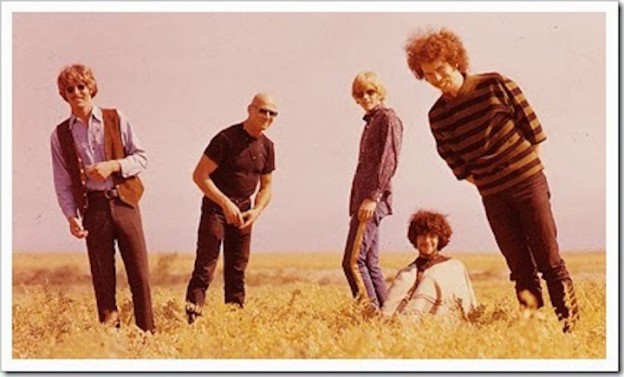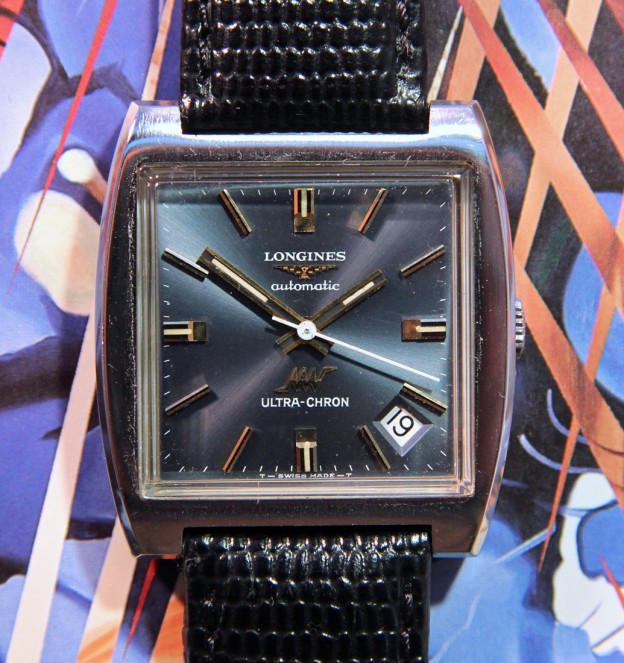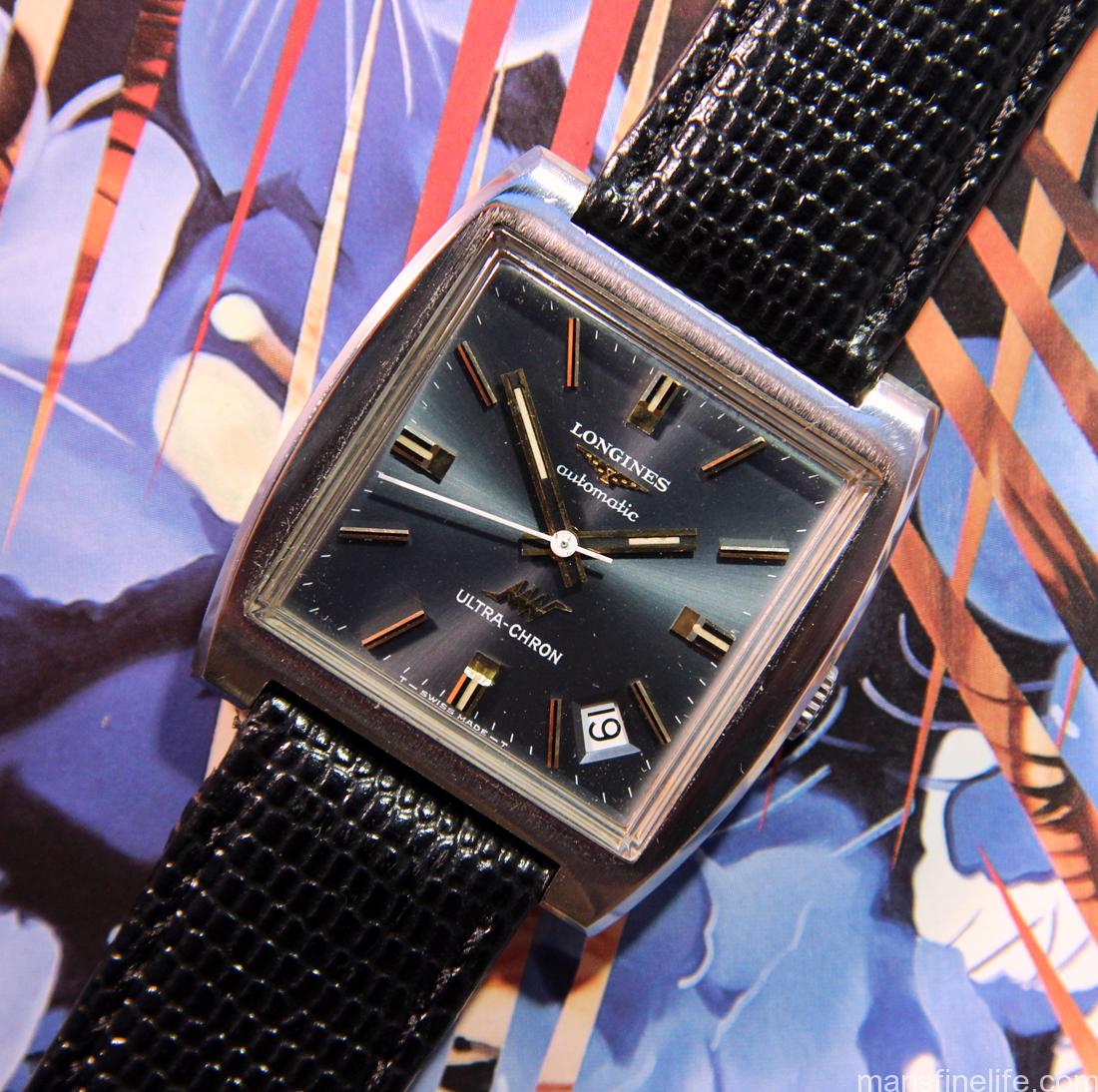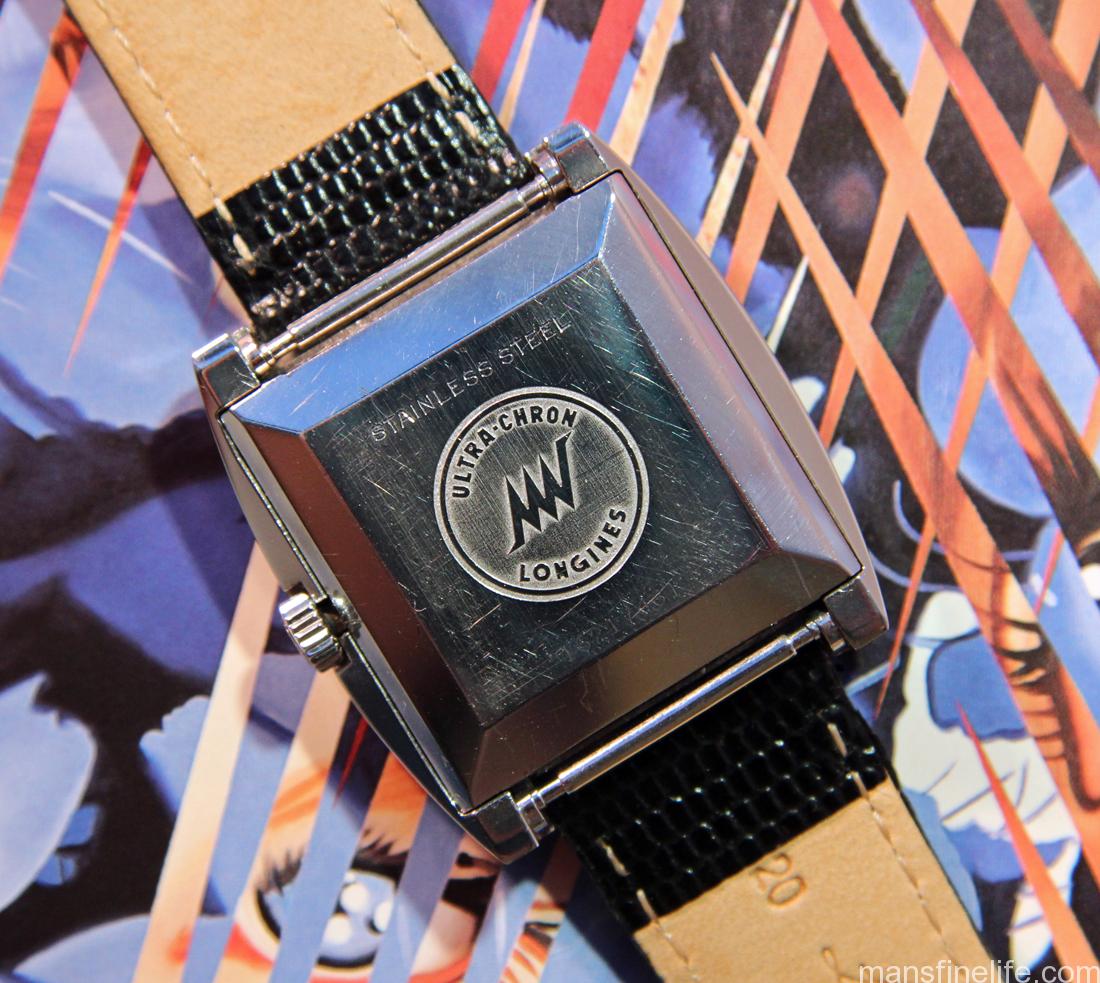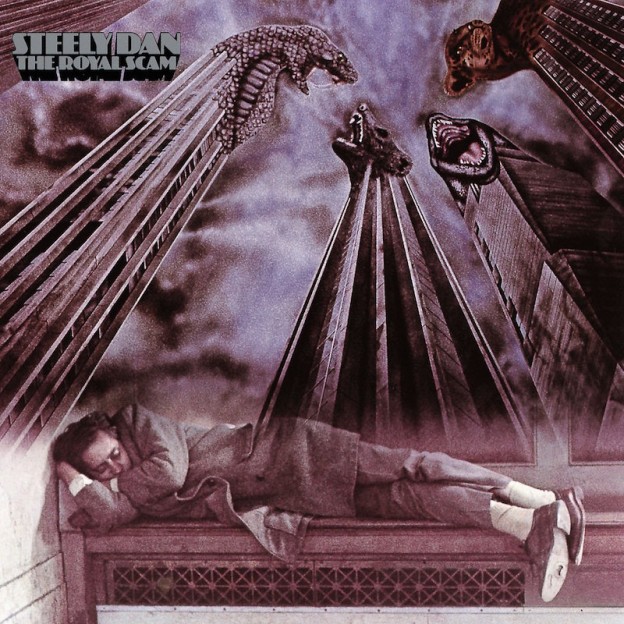On offer this month is this absolutely stunning mid-1970s vintage Rolex reference 5512 Submariner. The true Steve McQueen watch — don’t let anyone tell you differently — the 5512 is the iconic Chronometer-rated no date Sub, which was produced in ever diminishing numbers as time went on and Rolex realized that not many customers cared enough about the fancy movement to pay the higher price when compared with the standard non-Chronometer cal. 1520 5513 model. It was, in fact, discontinued in the late 70s.

But the discerning few were willing to pony up then and still are today. This is one of those magic Rolex Sports models that you come to appreciate as you learn the history of Rolex’s dive watches and how they all fit together in the big picture. Simply put, the 5512 is an elite Submariner and a cut above most matte 5513s or 1680s, all other things being equal.
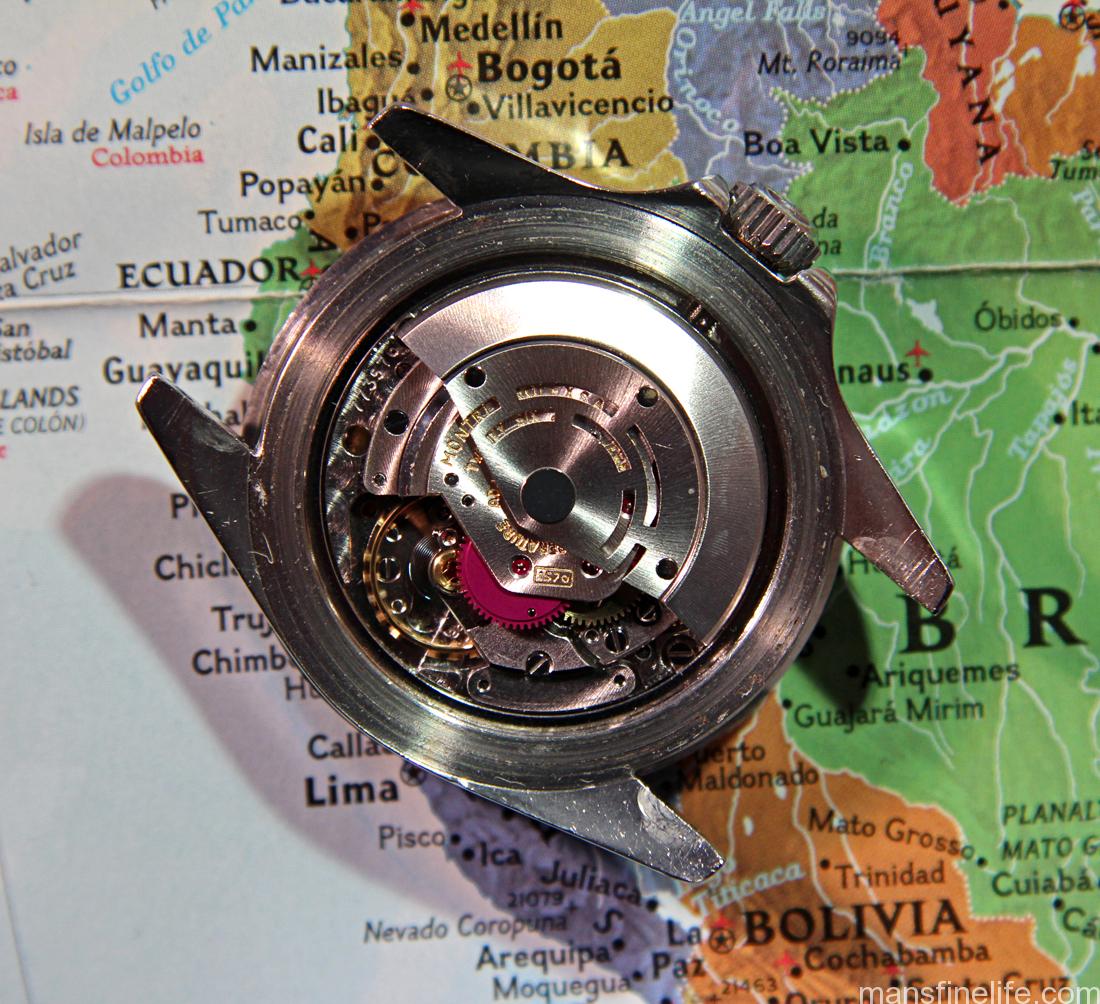
And this particular example is even a bit more special than most other matte 5512s. Along with its beautiful 4-line SCOC dial (technically referred to as “Non-Serif” style in the ever more complex glossary of dial definitions) it displays a plethora of all-original qualities: wonderfully patinated Tritium luminous; matching original hands; a sexy Fat Font bezel insert with Tritium pearl; domed acrylic crystal for that unbeatable vintage look; and it even comes with its original Folded Oyster bracelet with “PATENTED” diver’s extension. It’s not easy to find a 40-year-old watch in this sort of all around period correct condition — this baby is truly a survivor!
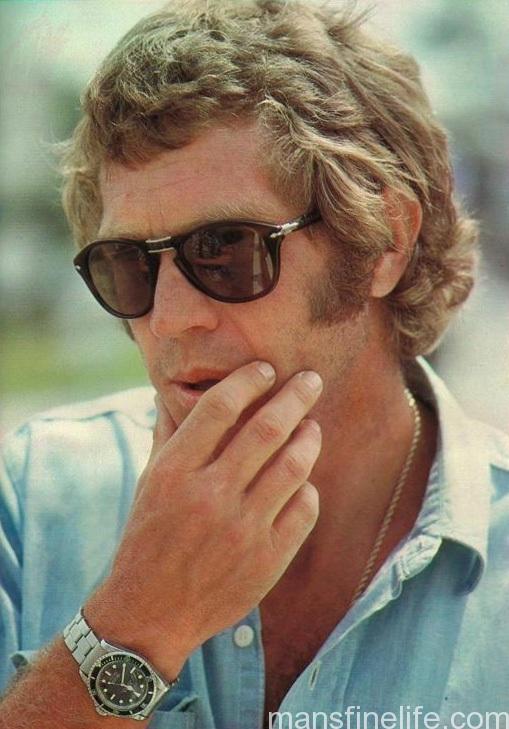
To put the cherry on top of the sundae, this great 5512 has just been fully overhauled for years’ more faithful service to its new owner. If you’re looking for an elite Rolex tool watch with that extra special, extra collectible quality of 100% period correctness — not to mention that magical McQueen connection — look no further. Your Submariner has arrived.
